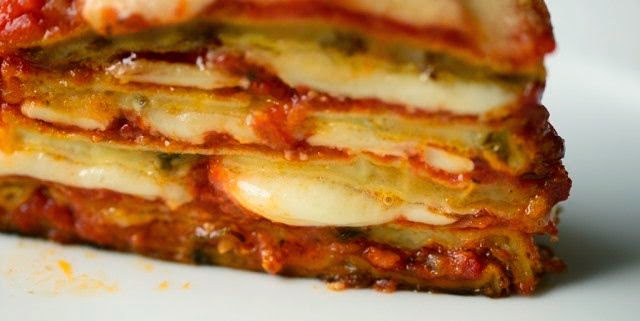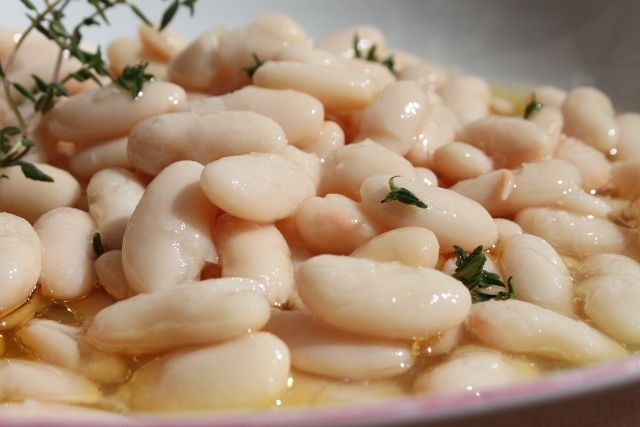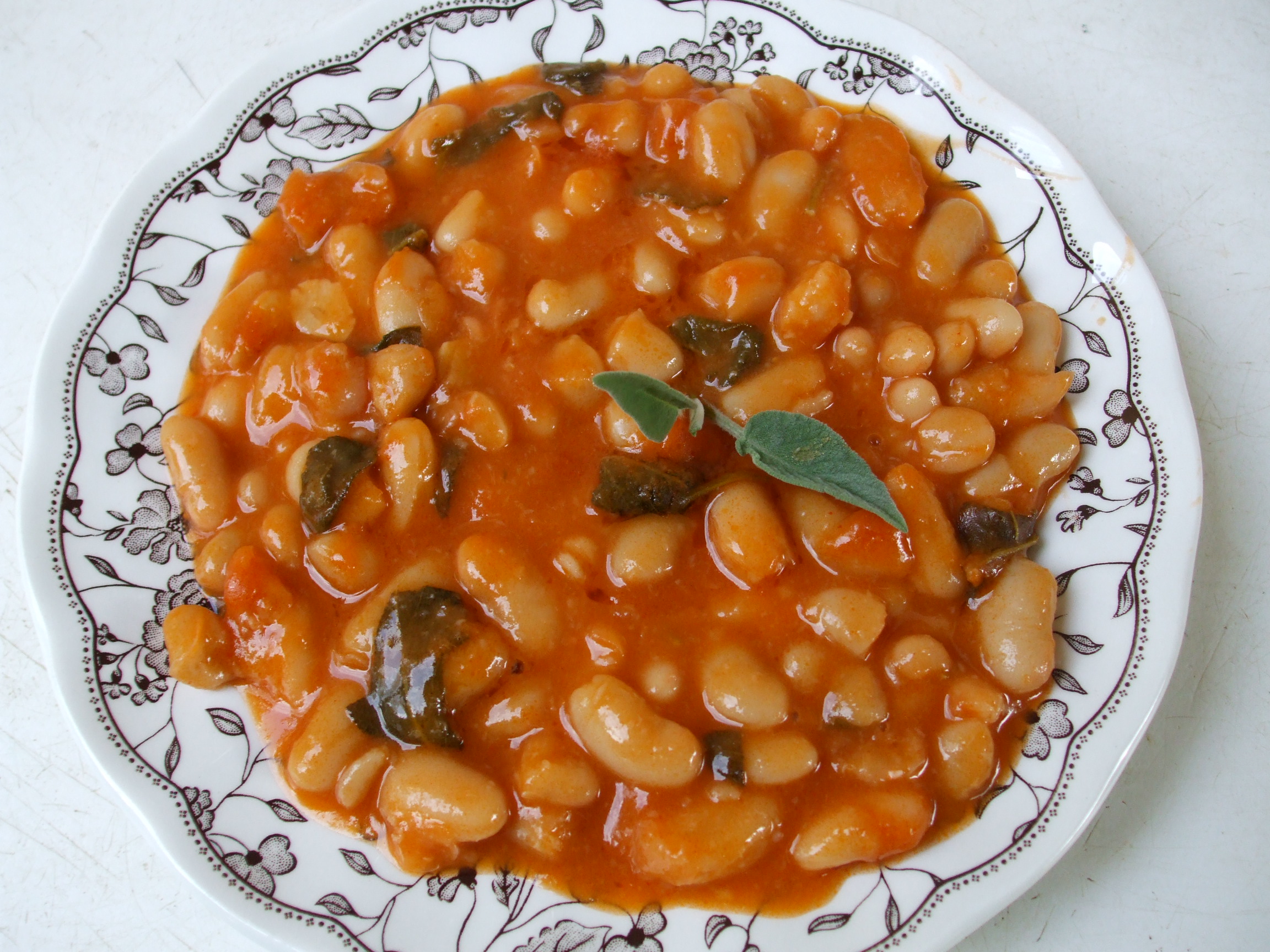Looking around the kitchen, I eyed a bunch of parsley and a few cloves of garlic. Rummaging through the pantry, I came across a bag of breadcrumbs, a tin of anchovies and some spaghetti. I decided to do a greener take on aglio, olio e peperoncino. A satisfying mix of browned garlic, spicy peperoncino and tons of clean-tasting parsley dresses the pasta. The anchovy adds a savory -- but not fishy -- under note.
INGREDIENTS
* 8 oz spaghetti, cooked
* 4-5 anchovy filets
* 3 cloves of garlic (or more)
* 1/2 bunch of flat-leaf parsley
* 1-2 chopped peperoncini or 1/2 tsp. of red chile flakes
* 3 tbs of extra virgin olive oil
* 1/2 cup of panko, toasted
Cook the pasta for 8-10 minutes or until al dente. While the water is boiling, roughly chop the parsley leaves and slice the garlic cloves into thin slivers. Then, heat 2 tbs. of the olive oil in a skillet over medium heat. Add the anchovies to the warmed oil and let them cook for 1 minute. With a wooden spoon, stir the anchovies around the skillet. They should begin to break down and dissolve in the oil.
At this point, add the peperoncino and the garlic slices to the oil. Cook for 2-3 minutes. The garlic will become aromatic and then begin to brown. Be careful not to burn the garlic. Light-brown is good. Dark brown is bitter. Once the garlic has started to brown, turn off the heat.
Remove the pasta from the boiling water with a pasta spoon. Put it straight into the pan with the garlic-anchovy-oil mix. Toss the pasta, making sure that the flavored oil coats all of it. At this point, add the rough-chopped parsley and the breadcrumbs. Toss once or twice more to evenly distribute all of the ingredients. Serve immediately.



























